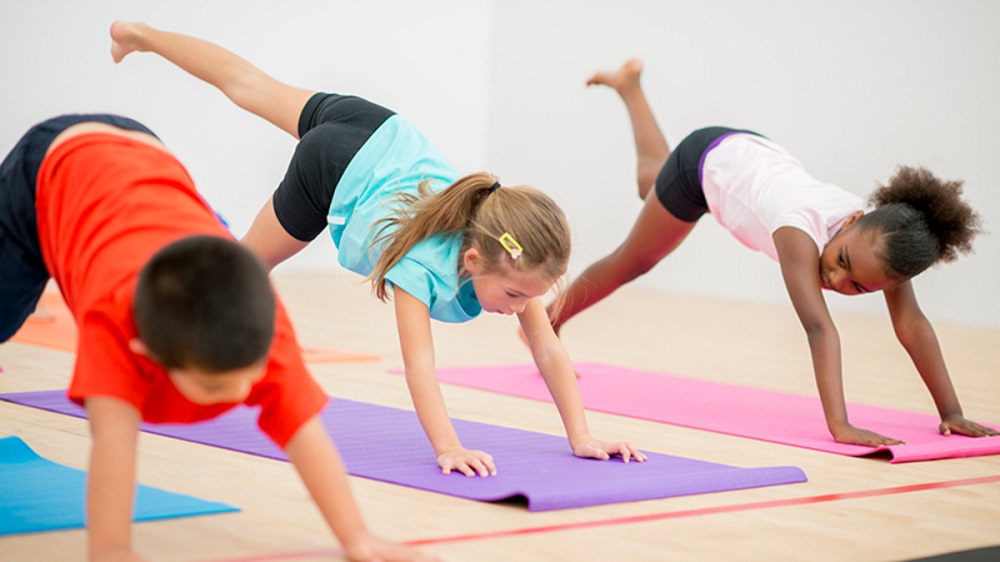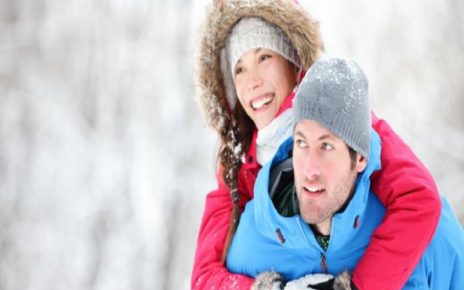Small children should be involved in the study of the asanas without tension, but playfully. They have no muscle strength yet, so in no case they should be forced. They love animals and objects of nature; therefore they love postures that imitate them. Ten-year-old children are very receptive by nature and are able to get a real joy of yoga. They are very mobile, but to a lesser extent still fragile. They like to try a various postures and movements.
Speaking of training teenagers, this age period imposes certain requirements to the instructor. Children of this age are in a state of physical recovery against general psychological imbalance. At this time yoga instructor must teach children postures that would help them overcome their awkwardness and uncertainty, and gain physical and mental balance.
Despite the differences, children of different age groups still have a lot in common. They are all very fond of expressive and challenging asanas, such as bending and standing on the head. Thus, the role of the teacher in doing yoga asanas is to inspire them.
There are special programs of activities for children having disabilities or health problems. Such yoga practice should take place only under the guidance of an experienced teacher who makes an individual training program taking into account individual characteristics of the child.
You may also like Meditation and Yoga




